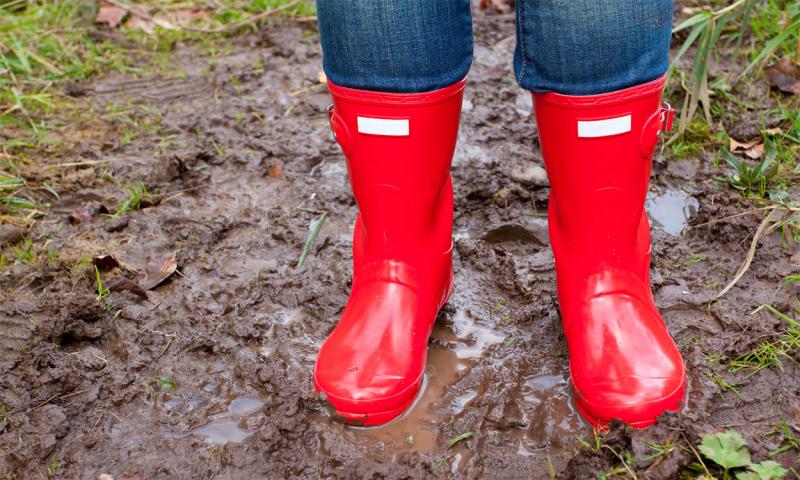
Original article written by Wyatt Brown under the direction and review of Aimee Ladonski. Reviewed and updated by Kristine Lang and Maddi Shires.
As areas of South Dakota recover from a blistery winter and a relentlessly wet spring, many of us, between the continuous vibrations of constantly running sump pumps, have begun planning our garden production cycle for the summer. With a barrage of precipitation and possible flooding forecasted for areas of our state, it is important to take into consideration responsible soil management and plant health practices necessary to combat issues arising from cold, wet springs. Several issues will present themselves when dealing with excessively saturated soil profiles, and we will discuss them in this article.
Soil and Turf Issues
Soil Compaction
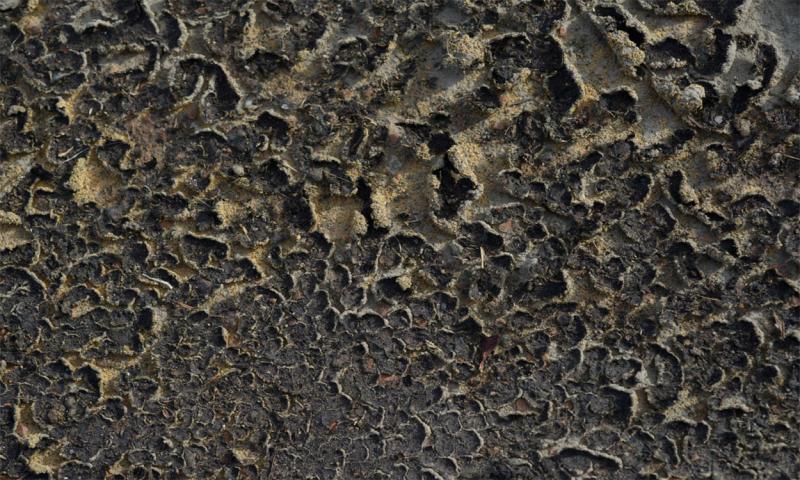
While several factors determine a soil’s susceptibility to compaction, it should come as no surprise that too much compaction within a soil profile can be detrimental to the living conditions of healthy soil microfauna and microflora. A good soil growing environment contains 45% mineral composition, 25% water, 25% air (pore spaces), and 5% organic matter. Of these four conditions, the main focus when dealing with compaction and soil saturation is the amount of air exchange (pore spaces) occurring in our soil. Compaction decreases pore space availability, and thus decreases a soil’s ability to exchange crucial gases like oxygen (abbreviated as O2), nitrogen (various forms, but for simplicity, the form abbreviated as N2), and carbon dioxide (abbreviated as CO2) to name a few. When oxygen is depleted in soil environments, many negative affects pursue. Anaerobic bacteria, those that thrive in oxygen-depleted environments, begin to take over. These organisms produce toxic chemicals, like alcohols, hydrogen sulfide (think rotten eggs), butyric acid (think vomit), ammonia, vinegar, and other substances that kill plant root cells. It is equally important to point out that plants also take up oxygen through pores in their root hairs. Oxygen in this instance is used for many things, but the most-important function being respiration; the production of energy by mitochondria within plant cells.
To combat compaction, growers should refrain from compressing their soils during wet conditions. This means staying off of our growing surfaces at all times. While it is best to just stay off of all growing areas with saturated soils, some of us may still need access to our gardens or lawns, and that’s ok. If you absolutely must travel across these areas, refrain from driving heavy equipment, like riding lawnmowers, golf carts and vehicles across these areas. Use several different pathways to navigate your yards and garden areas to avoid increasing bulk density of your growing profiles. Bulk density is the mass of soil in a given volume and is one of the key measurements used to determine a soil’s susceptibility to compaction. Soils with a bulk density higher than 1.6 grams per cubic centimeter (abbreviated as g/cm3) tend to restrict root growth, and, as previously discussed, increase a soil’s susceptibility for poor gas exchange.
Nitrogen Leaching and Denitrification
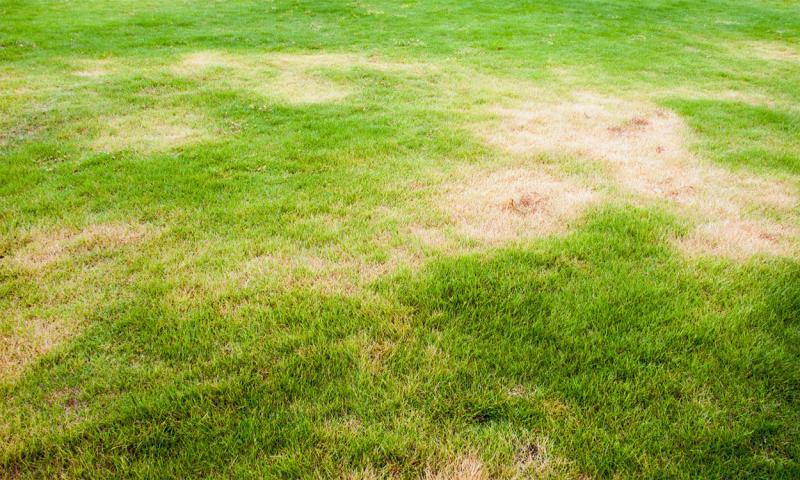
According to Jeff Lowenfels, author of several soil fertility books, “The nitrogen cycle, propelled in part by specialized bacteria, is one of the most-important systems in the maintenance of terrestrial life.” As many gardeners know, nitrogen is one of the primary macronutrients needed for sustained plant growth throughout its lifecycle. Heavy rains can remove much-needed nitrogen from our soils in a couple different ways. First, movement of gravitational water downward through a soil profile can leach nitrate (abbreviated as NO3-) out of the growing medium and into our water tables. This may lead to a nitrogen deficiency in a lawn or garden. Second, nitrogen has a habit of escaping our soils through a process known as denitrification. This process, simply put, is provided by special bacteria under anaerobic conditions and in the presence of sufficient carbon for fuel. Bacteria convert NO3- back to N2 (atmospheric nitrogen gas) and release these gases back into the atmosphere.
If you notice a yellowing of turf, try an application of lawn fertilizer at half the rate to help replace the nitrogen that has left the soil. Be sure to not add too much, as this will not only stimulate excessive vegetative growth, but the nitrogen added could just as easily be leached just as before if continued rains are forecasted. In addition, too much nitrogen, especially in our gardens, can delay fruit set. For lawns, follow the instructions on the bag, but I recommend using a complete fertilizer, broadcasting with a fertilizer spreader on the appropriate setting. For garden plants, side-dress fertilizer applications in an area 6 to 8 inches around each plant with either a synthetic, water-soluble, complete fertilizer, like 10-10-10, or with an organic, slow-release fertilizer. Growers can also use compost tea or earthworm casting tea as an application to their yards or gardens.
Common Plant Diseases
With excessive moisture comes pathogenic disease conditions. Wet soils are prime conditions for many plant diseases to thrive. Cool, wet conditions promote, in particularly, fungal growth.
Verticillium Wilt

Of all the tomato diseases commonly found in gardens, verticillium wilt ranks up there with fusarium wilt as one of the two most-feared problems that gardeners can be challenged with.
Verticillium, Verticillium albo-atrum, requires cool weather and soil that is saturated for 24 hours to germinate and grow. Spring often has had ideal conditions for the spread of verticillium in the yard and garden.
While infection can happen early, symptoms are normally seen in the garden later in the season. Plants will start to wilt from the top down, and watering will not perk them up. Lower leaves will yellow; mimicking nitrogen deficiency, and the inside of the stem will appear discolored.
Septoria Leaf Spot
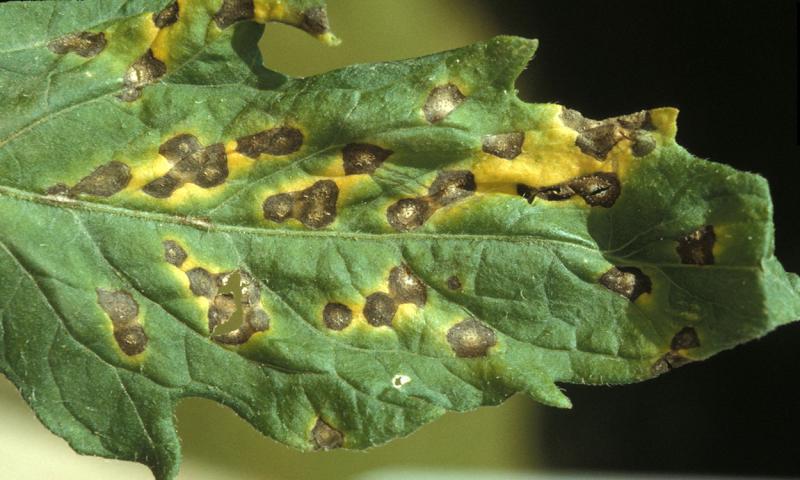
An airborne fungus, Septoria leaf spot, Septoria lycopersici, is one of the most-common tomato diseases. It is most active in wet years when the temperatures are between 59 and 80 degrees Fahrenheit. The spores need a film of moisture on leaves to germinate. Frequent rain, high humidity, and watering late in the day all provide the needed moisture.
The infection first shows up as brown spots ringed by yellow, on the lower leaves, usually by about the end of June. As it progresses, the spots will join into larger spots, and the stem develops lesions. Control is best done by watering in the morning, so plants dry out before dark, and using drip hoses or watering just the base of the plant to prevent foliage from getting wet. While this is not a soilborne fungus, spores do fall to the ground. Mulch will prevent any spores on the ground splashing up onto the plants.
If plants are frequently infected, begin spraying a fungicide two weeks before you normally see the infection, and continue spraying weekly through the growing season. Copper soap is an organically approved fungicide that provides good control. Plants with a heavy infestation should be removed and put in the trash.
Powdery Mildew
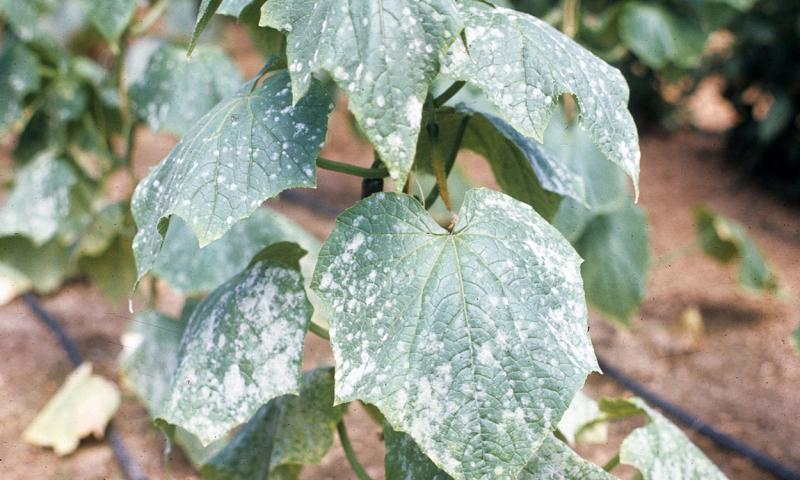
Powdery mildew, (multiple species), looks like it sounds, a white, powdery coating on leaves. Like septoria and verticillium, powdery mildew spores germinate in humid conditions. The initial infection looks like a slightly whitish/yellowing area on leaves. White spores develop on the undersides of leaves first and then move to the upper side.
Plants that are too close together have reduced air flow, which enhances the spread of the mildew. Spores blow on the wind and will infect nearby plants. This disease is most commonly observed mid-summer into the fall. There are many different species of powdery mildew that may infect different varieties of vegetables and ornamentals.
Stem, Root and Seed Rot
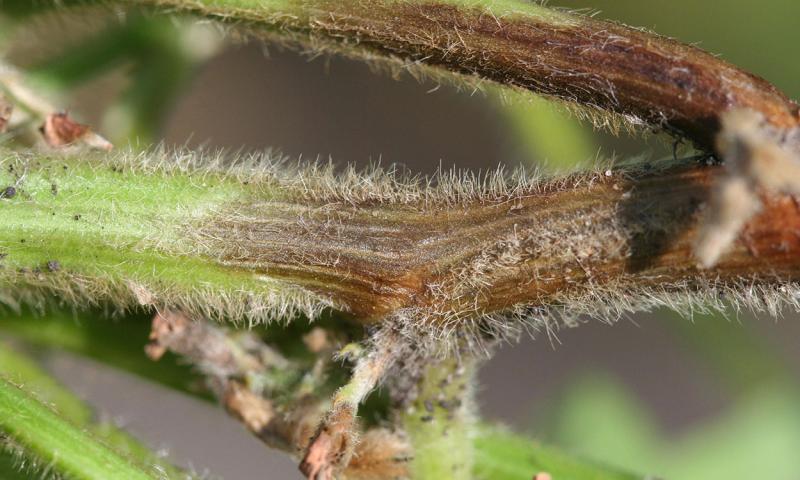
Cool, wet soils cause a number of stem and root rots. Roots need to breathe oxygen and will drown just like humans. Soil that stays wet and does not drain has all the air spaces filled with water. Adding organic matter to soil, especially clay soils, will loosen it and allow water to drain. Seeds planted deeply, like corn, beans, peas, and cucurbits, will rot if the soil is saturated for more than a day or two.
To decrease susceptibility to lawn disease, it is important to maintain the yard year-round. Once soil water saturation has dissipated, consider aerating your lawn to increase availability of oxygen, nutrients, and eventually water to the root zone. Aerating also helps relieve soil compaction. Thatch is a layer of living and dead grass shoots, stems, and roots that forms between the green grass blades and the soil surface. Remove thatch when it accumulates to over one-half of an inch thick. Dethatching is not recommended during the spring months, so owners will want to wait until fall, or even in the early winter (if accessible) when the lawn is dormant. Owners can hire this task out to professional lawncare companies, or they can dethatch themselves with a thatching rake, or power de-thatcher rental from a local hardware or rental store. Lastly, additions of soil amendments, like compost or organic fertilizers, can help prevent pathogenic prevalence. Increasing your soil’s beneficial microbial ecosystem through addition of organic products can help combat pathogen buildup throughout the season. Adding compost to both the garden and turf grass environments is also a great way to improve soil aeration, especially for soils that are high in clay.
Gardening Applications
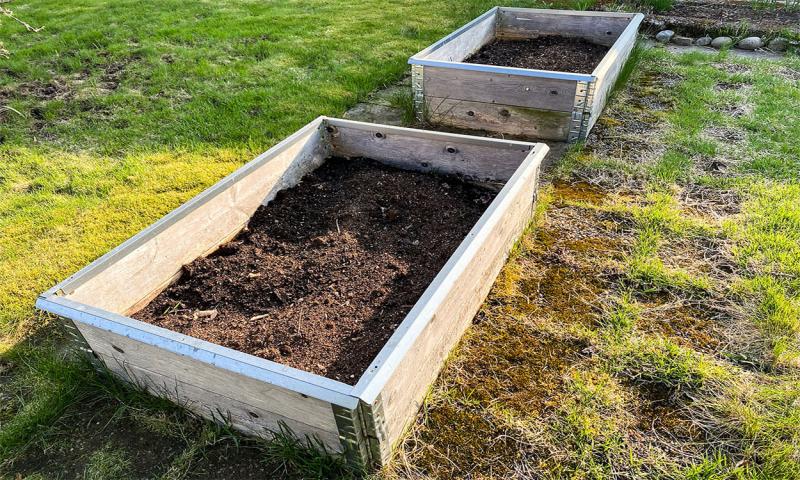
Several gardening techniques are available to growers to combat, not only wet conditions, but cold spring conditions observed by South Dakotans across the state. Raised beds are an excellent addition to any grower’s arsenal. According to Rodale’s Ultimate Encyclopedia of Organic Gardening, raised beds are the perfect solution for dealing with difficult soils or growing conditions. Raised beds can be formed in several ways, to include raised ground beds or supported raised beds. Raised ground beds are nothing more than loose, mounded soil formed in a row or bed that is usually maintained through no-till methods. They increase yields and efficiency, help absorb and disperse heavy rains, and provide more surface area and thermal mass for increasing heat absorption during early spring. Supported raised beds are constructed by building a framework with wood, brick, or stone, and filling the bed with good growing soil. Both methods help improve aeration and heat absorption for cold, wet springs.


